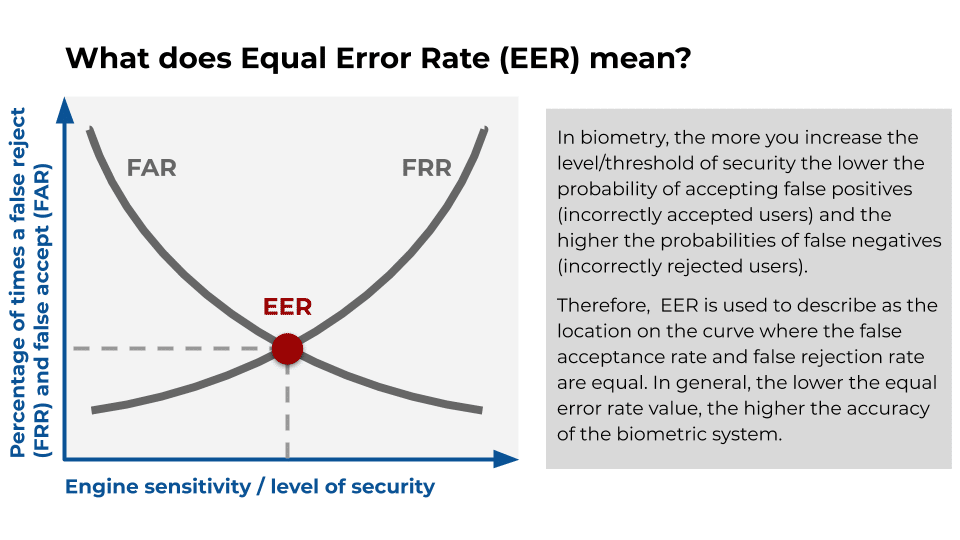The new engine has substantially improved both the verification and anti-fraud performance
This beginning of the year has brought significant improvements for one of the leading voice biometrics solutions in the global market. Veridas have been able to announce substantial gains in their 100% proprietary text & language-independent solution: das-Peak biometric engine has improved by 40.39% it’s verification performance from its last version*, reaching an Equal Error Rate (EER) of 2.66% in industry’s most recognized challenge: the NIST SRE CTS20 challenge, where Veridas is currently having a great start.

The anti-spoofing technology has also solidly improved, especially when detecting pre-recorded voices from medium & high fidelity speakers. In fact, Veridas announces an accuracy to detect fraud of 96.62%, this being the result of an internal evaluation carried out on more than 650,000 authentic and spoofing audios.
With this new set of improvements, Veridas ensures its technological leadership in the Digital Verification of Identities industry where voice biometrics solutions are rapidly gaining greater relevance. Thanks to Veridas solution, users can authenticate themselves by speaking freely (no more forgotten passwords!), in any language they want, with just 3 seconds of audio and in less than 140 milliseconds. The range of possible applications for das-Peak is unimaginable.
Veridas corroborated its dominant position within voice technologies also in some of the most prestigious challenges of the industry, where the engine has obtained fantastic results. In fact, Veridas’ solution was awarded second place worldwide in the SdSV Challenge text-independent task in 2020, demonstrating best results in the state-of-the-art in voice biometrics for short utterances conditions.
There are more than a few important companies currently integrating Veridas’s solution into their authentication processes from a wide range of industries (banking, alarms, telcos, etc.) either within a call center environment, within their own mobile applications or through third parties (virtual assistants, mobile messaging applications, etc.). With this cutting-edge solution, omnicanality is finally becoming a tangible reality.
*Performance improvement evaluated against an internal database that contains a sample of 6000 audios from 250 different speakers. Between each session of recording, there is a minimum separation of two weeks and the dataset is gender-balanced. The EER improved from a value of 3.07% with the previous biometric engine to a value of 1.83% with the new engine.






















